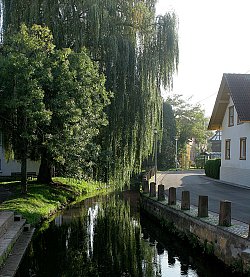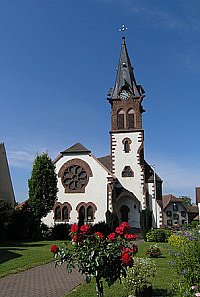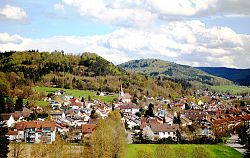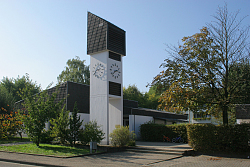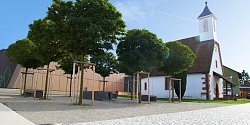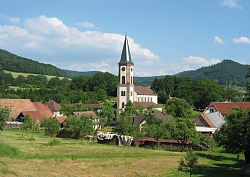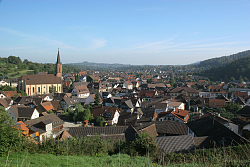Hugsweier, on the northwest edge of the city, is Lahr’s smallest borough with around 1,500 inhabitants. In 2014 it celebrated its 1,100th anniversary. The village once dominated by agriculture developed to become a popular residential area following construction of the military airport in the second half of the 20th century. The Schutter River and its two historical sandstone bridges are the main features of the old heart of the village.
Seiten-Suche abschicken
Menü schließen

